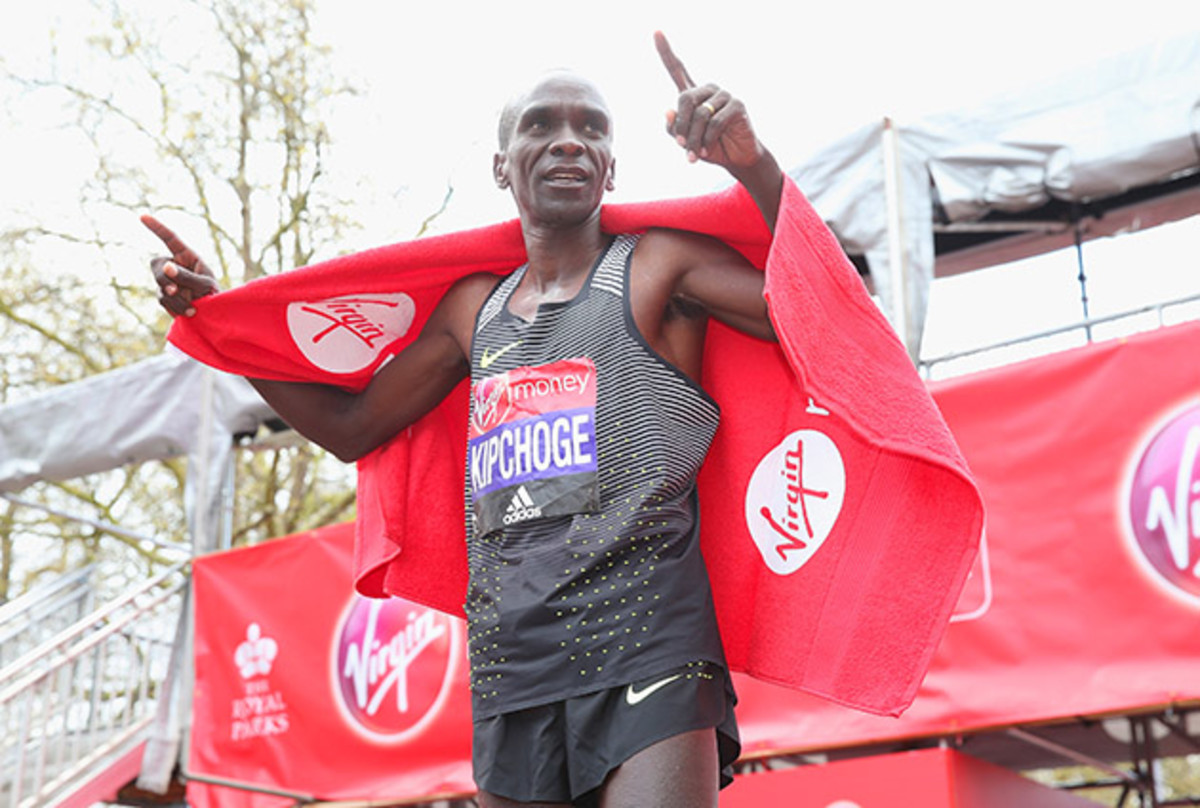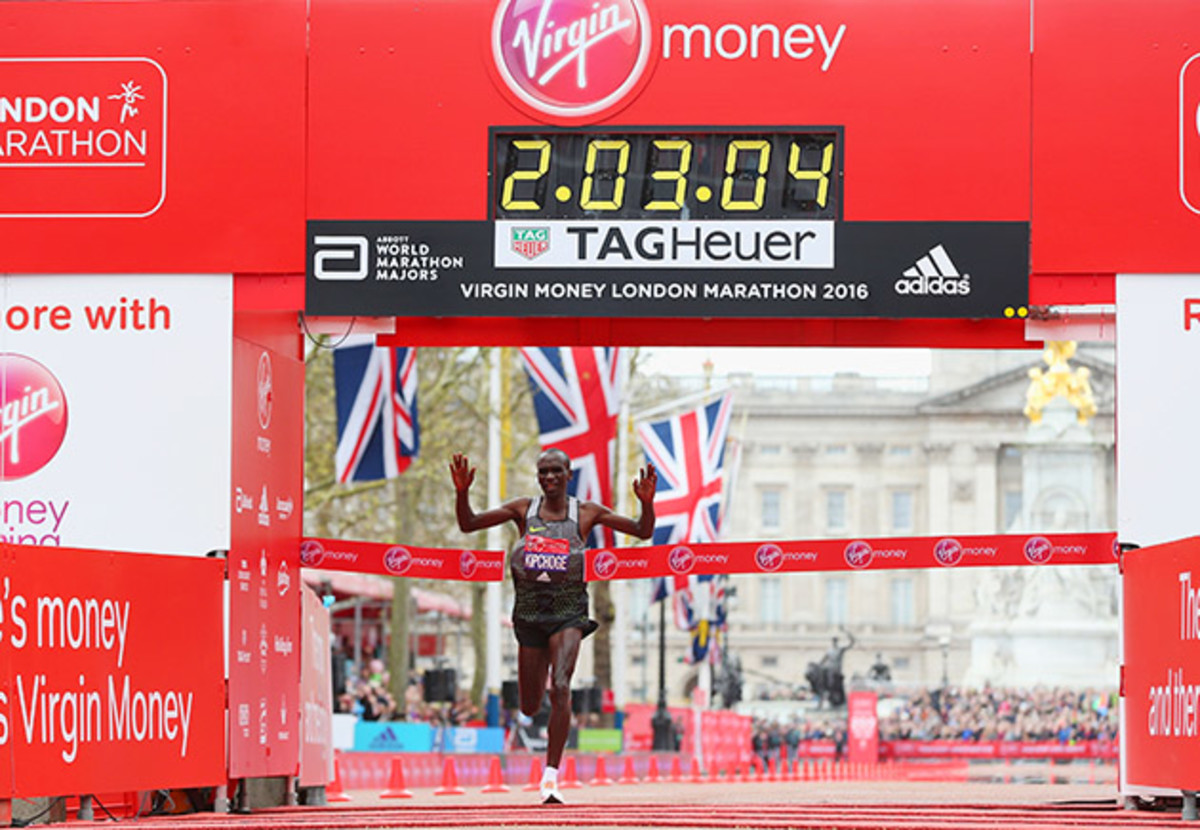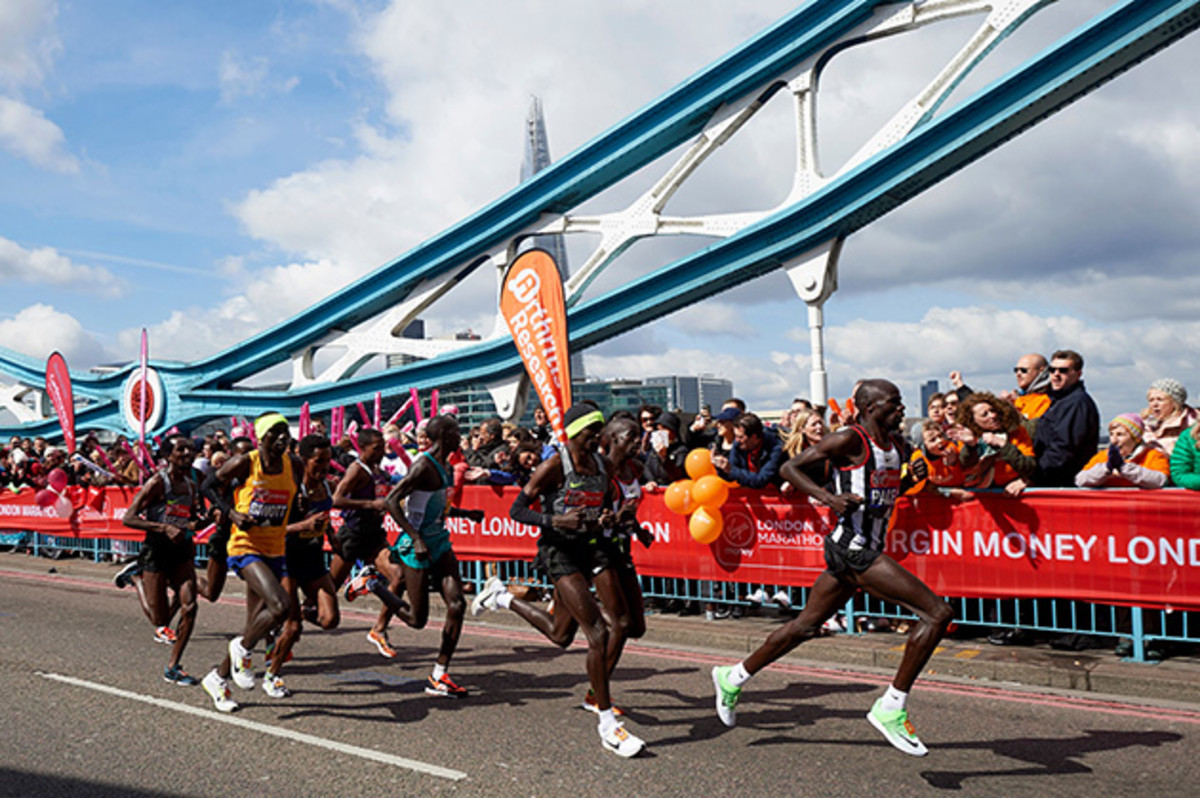What it will take to run a sub-two-hour marathon

A couple of weeks ago JereLongman published a great two part series in the New York Times on the quest for the sub-two-hour marathon. (The current record is 2:02:57.) This follows last excellent year’s book on the topic by Ed Caesar, Two Hours: The Quest to Run the Impossible Marathon. The scientific basis for this speculation started in 1991 when I published a paper pointing out that it might be physiologically possible for an ideal human runner to actually run that fast. Over the years this has generated a lot of discussion and has been seen as a prediction of sorts. To set the record straight on why I wrote the paper and what it really means, below I'll answer the most common questions posed about this topic.
Why did you write the paper in the first place?

It was basically a thought exercise and a not a prediction, per se. The goal was identify areas of ignorance in human performance research. The backstory is that I got involved in exercise physiology research as an undergraduate at the University of Arizona in the late 1970s. My first experience was as a subject in what has become a classic study on distance running and the lactate threshold. This study showed that running speed at the lactate threshold was an excellent predictor of marathon time. During the 1980s, ideas emerged about how maximum oxygen consumption, lactate threshold and running economy interacted to determine distance running performance. During medical school around 1985, I started think about how a person could run if he/she had the best laboratory values ever recorded for all three variables. I came up with an estimated time a few seconds faster than 1:58! People thought this was nuts and it took a while to get the paper published.
What did you learn by writing the paper?
For 69-year-old Amby Burfoot, it's too soon to stop running
The first thing I learned was that while a lot was known about maximum oxygen consumption and lactate threshold, much less was known about running economy. This was especially true at fast running speeds. There was basically almost no data on running economy at speeds above 11 miles per hour. World class speed for the marathon is about 12 miles per hour or a bit faster. When I was doing the paper I was lucky enough to get some one-off values at fast running speeds in elite athletes from the distance running guru Jack Daniels. What is interesting is that even today there is not a lot of data on elites at these speeds. However, there is some evidence that the Kenyans and Ethiopians have excellent running economy and that this might explain some of their success. The original paper also highlighted gaps in our knowledge concerning fatigue and genetics.
What do you really think is possible?
I think that if all of the top 20-30 runners were in the same race under ideal conditions, if they shared the pace and drafted in an organized way it might be possible for someone to run under 2:02 and maybe faster now. Drafting might be worth a 1% improvement. Another thing is that a 5k loop with no turns and an ideal surface might help. Alex Hutchinson, who writes a great column for Runner’s World, mentioned to men in an e-mail that both the Berlin and London courses (where recent records have been set) have a lot of right angle turns. Getting rid of sharp turns might save some time, and a better surface might also help.

The top runners are also competing for a payday and can only run so many races per year, so you would have to make it worthwhile financially for them to all show up and run together for as long as possible. This would make it likely that there was a pack of five or so runners who get past 22 or 23 miles very fast. What is interesting is that Roger Bannister and John Landy, the first two men to break four minutes for the mile, were both stuck around 4:02 or so until they got into essentially paced races. Landy ran between 4:02 and 4:05 repeatedly in Australia on substandard tracks with minimal competition. He ran 3:58—a 1-2% improvement—when the conditions were ideal.
Is a “Moonshot” science based effort needed to break two hours?
SI’s Fittest 50: The Olympians
I don’t think so. As I outlined above, it is more a matter of the right people on the right day racing on the right course with the right prize money scheme.
Do you see any problem with a targeted effort to break two hours?
The main issue I see is that such an effort with a big financial payout would likely only encourage people to dope. For many years, the big story in track and field has been doping and something like this would only increase the temptation.
Any final thoughts?

My first thought is that it has been fun to see the idea of a two-hour marathon garner the attention it is getting and capture the public’s imagination. As I pointed out in the original paper, there were pretty significant gaps in our scientific knowledge about fatigue at fast running speeds, running economy and genetics. There has been progress on all fronts but there is still a long way to go. For example there is no clear genetic explanation for what it takes to be an elite endurance athlete, including the success of the Kenyans and Ethiopians.
My second thought is that I will be 58 years old in this summer and if I am lucky, a legitimate sub-two-hour marathon will happen in my lifetime. If it does,, my goal will be to resist the urge to say I told you so, in 1991!
Michael Joyner, is an expert in human performance at the Mayo Clinic, these views are his own. You can follow him on twitter @DrMJoyner
